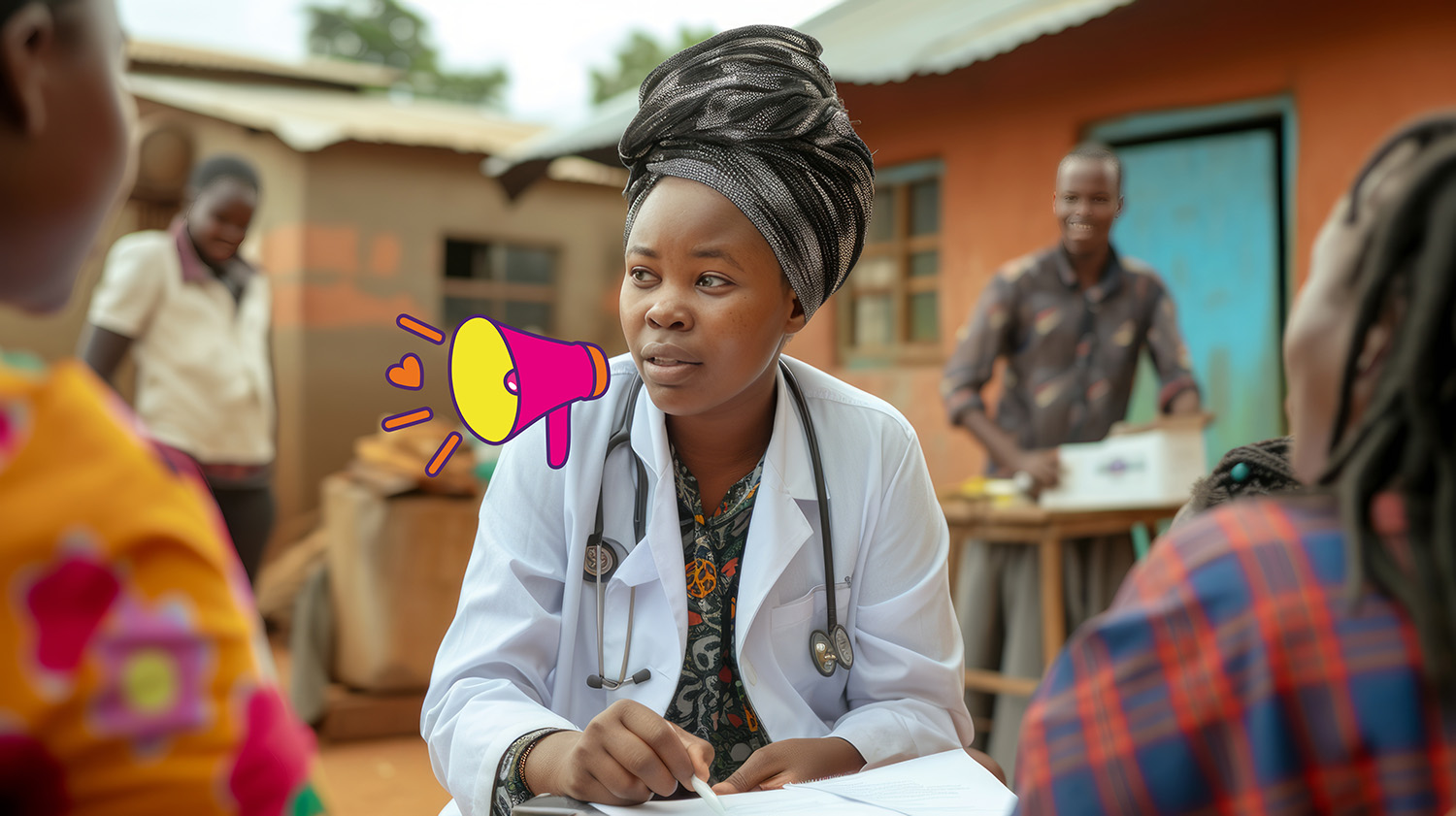Hypertension #1 : what is high blood pressure ?
We often hear about high blood pressure, a disease that is defined by excessive blood pressure
and that very rarely shows any symptoms. But what is hypertension?

Posted on
What is high blood pressure?
We often hear about high blood pressure, a disease that is defined by excessive blood pressure and that very rarely shows any symptoms. But what is hypertension? How does it occur? Why is it called a “silent disease” and what are its consequences? We invite you to learn more about this pathology that causes more than 9 million deaths worldwide each year [1].
How does blood pressure work?
When the heart is contracting, it sends blood through the arteries to provide energy and oxygen to all the organs in the body. The blood applies pressure to the artery walls. This pressure, also called blood pressure, is measured in millimeters of mercury (mmHg) and is expressed by 2 values [2] :
Systolic blood pressure (SBP) : the pressure that blood exerts on the arteries when the heart contracts. It is generally around 120 mmHg when the patient is healthy [2].
Diastolic blood pressure (DBP) : the pressure that blood exerts on the arteries when the heart relaxes and fills. It is usually around 80 mmHg when the patient is healthy [2].
These two measurements are combined to assess blood pressure. Physicians often simplify these values, for example, “12/8” is a systolic blood pressure of 120 mmHg combined with a diastolic blood pressure of 80 mmHg.
In this context, what is considered as high blood pressure?
Hypertension is defined as excessively high systolic and/or diastolic blood pressure. It is the most frequent chronic disease in the world and the first reason for consultation in general medicine [3]. It has been described as a silent killer because it shows no particular symptoms or signs. However, it is dangerous because it exhausts the heart, causes serious damage to the artery walls and can lead to potentially fatal cardiovascular events [2].
High blood pressure is observed when the resting blood pressure is found to be higher than the following numbers on two different occasions, several days apart:
140 mmHg for systolic blood pressure
90 mmHg for diastolic blood pressure [3]
How does this condition occur and why is it called a silent disease?
The appearance of hypertension is strongly linked to aging, family predisposition and lifestyle habits (stress, sedentary lifestyle, diet, obesity, alcohol, salt and tobacco consumption) [3].
Most people with hypertension are usually unaware of their disease because it is not always associated with symptoms. This is known as a silent disease. In fact, only one in two people with high blood pressure are aware of their condition. It is therefore important for everyone to have their blood pressure measured regularly by a healthcare professional [5].
When symptoms do occur, they usually include morning headaches, nosebleeds, irregular heartbeat and ringing in the ears. The most common symptoms of severe hypertension are fatigue, nausea and vomiting, confusion, anxiety, chest pain and muscle tremors [4].
What are the consequences of a high blood pressure ?
In addition to the symptoms mentioned above, high blood pressure can have many other consequences. Indeed, a continuous abnormally high blood pressure harms the walls of the arteries. The heart, subjected to a more intense work, also suffers. Over a long period of time, these conditions can lead to complications [2]. The heart, brain, eyes and kidneys are the main organs affected. The evolution towards these complications is generally slow, but can be accelerated if other risk factors, such as hypercholesterolemia or diabetes, coexist and are not treated or controlled [4].
Brain : stroke, Alzheimer and/or dementia
Eyes : blindness
Heart : angina pectoris, myocardial infarction, heart failure
Kidneys : chronic renal failure
Lower extremities : arteritis of the lower limbs (severe pain, risk of amputation)
Hygienic and dietary preventive measures alone, or more often combined with a treatment, can normalize blood pressure and avoid all these complications [4].
High blood pressure in a few figures
+ 1 billion people worldwide are affected by hypertension [1]
+ More than 9 million people die each year from hypertension complications in the world [5].
27% of the African people are affected by hypertension [5].
46% of African adults over the age of 25 have high blood pressure, the highest number in the world [1]
Only one out of two people with hypertension is aware of his/her hypertension. Of these, only one out of two would be treated with antihypertensive drugs. Finally, one out of two people treated would have a normalized blood pressure [4].
Sources :
[1] Panorama Mondial de l’Hypertension – OMS – 2013. Disponible sur https://apps.who.int/iris/bitstream/handle/10665/85334/WHO_DCO_WHD_2013.2_fre.pdf?sequence=1&isAllowed=y. Consulté le 11/06/21.
[2] Hypertension artérielle (HTA) – Assurance Maladie – Ameli.fr. Disponible sur https://www.ameli.fr/assure/sante/themes/hypertension-arterielle-hta. Consulté le 11/06/21.
[3] Hypertension artérielle – Premier facteur de risque cardio-vasculaire – Fédération Française de Cardiologie. Disponible sur https://fedecardio.org/je-m-informe/l-hypertension-arterielle/. Consulté le 11/06/21.
[4] Hypertension artérielle (HTA) – INSERM. Disponible sur https://www.inserm.fr/information-en-sante/dossiers-information/hypertension-arterielle-hta#:~:text=L’hypertension%20art%C3%A9rielle%20(HTA)%20est%20une%20maladie%20caract%C3%A9ris%C3%A9e%20par,exerce%20sur%20les%20parois%20vasculaires. Consulté le 11/06/21.
[5] Hypertension – OMS – 2019. Disponible sur https://www.who.int/fr/news-room/fact-sheets/detail/hypertension.Consulté le 11/06/21.
POI 0701-09/22


